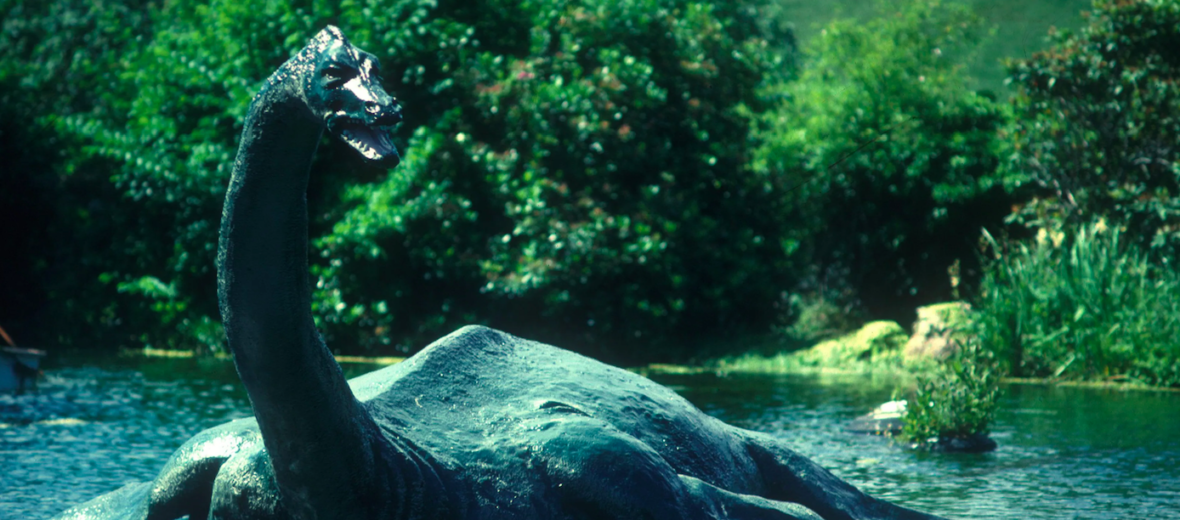
In keeping with Critter Science tradition, this article will explore cryptozoology with the Loch Ness Monster, that may or may not be real. You can decide for yourself. Dating back to ancient times, around 565 A.D., this mysterious beast has been touted as real for centuries. In 1934, Nessie shot to stardom via a photograph that has since been seen the world over.
First the Stats…
Scientific name: Nessidae lochnessi
Weight: Unknown
Length: Up to 98 feet
Lifespan: Unknown
Now on to the Facts!
1.) The earliest report of a lake monster near Loch Ness is in the Life of St. Columba by Adomnán, written in the sixth century AD. The story tells of how a man was mauled and dragged under water. 2 men tried to save him while in a boat, but the man drowned.
2.) Later, another sighting of the water beast sprung up in 1871. D. Mackenzie of Balnain allegedly saw something looking like a log or an upturned boat “wriggling and churning up the water”.
3.) Then in 1888, mason Alexander Macdonald spotted a large stubby-legged animal coming from the loch and onto the shore some 50 yards of where Macdonald was standing.
4.) In 1934 a motorcyclist, Arthur Grant, exclaimed to have nearly hit the monster while approaching Abriachan at about 1 a.m.
5.) May 1938, South African tourist G. E. Taylor filmed something strange in the loch for 3 minutes on 16 mm color film. Popular science writer Maurice Burton got a hold of the film and later discredited the film as just a floating object. But was it?
But wait, there’s more on the Loch Ness Monster!
6.) Circa 1954, sonar readings were taken by a fishing boat. Its crew saw a large object keeping pace with the boat at a depth of 479 feet. It was detected for 2,600 feet before contact was lost and then regained. No one was able to figure out what the object was.
7.) Aeronautical engineer Tim Dinsdale filmed a strange hump that was leaving a wake crossing Loch Ness in 1960. It was reddish, with a blotch on the side.
Did you know…?
By enhancing and overlaying frames, it was found what appeared to be the rear body of an actual creature underwater. So, who knows, Tim’s film might be real.
8.) A satellite image on Apple Maps showed what looked like a large creature, that is believed by some to be the Loch Ness Monster, just below the surface of Loch Ness. At the loch’s farthest north, the image appeared to be about 98 feet long.
Now a Short Loch Ness Video!
Also, check out the Critter Science YouTube channel. Videos added frequently!
Want to suggest a critter for me to write about? Let me know here.



